How to Use TVP or Textured Vegetable Protein
Using TVP (textured vegetable protein) in vegan cooking is a great way to add protein and a meat-like texture to your dishes. To use TVP, start by rehydrating it in hot water or vegetable broth. This will allow the TVP to absorb the liquid and become soft and chewy. Once rehydrated, you can use TVP in a variety of recipes. It can be added to chili, spaghetti sauce, tacos, or even used as a meat substitute in burgers or meatballs. The possibilities are endless! Just make sure to season the TVP well to enhance its flavor. Give TVP a try in your vegan cooking and enjoy the versatile and nutritious benefits it offers. Read on for more TVP recipes and ideas!
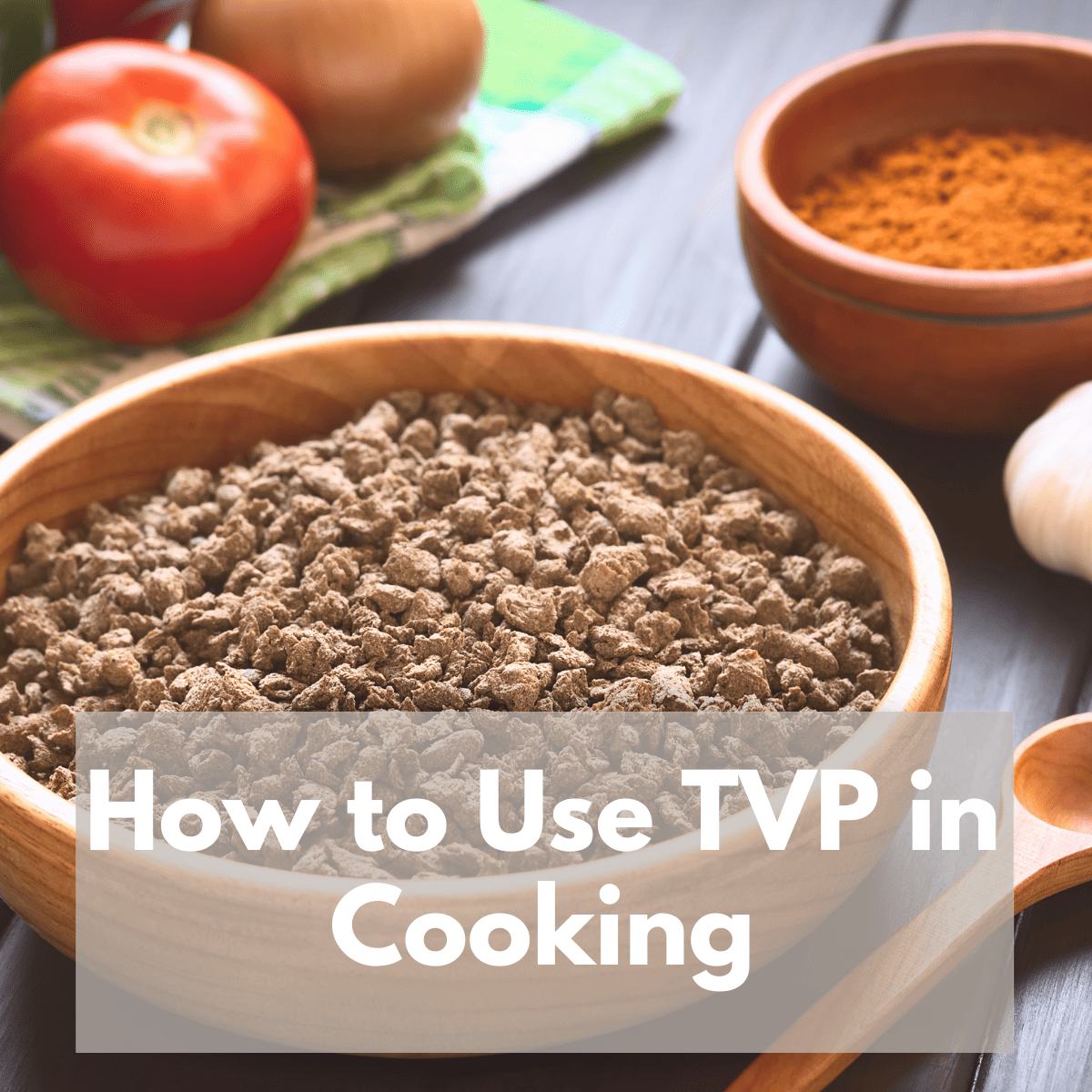
TVP or Textured Vegetable Protein is a great substitute for meat in it’s various incarnations, be it mince (ground), chunks, flakes or fillets. You can also buy it resembling chicken or pork mince (light coloured) or beef or lamb mince (dark coloured). Because it is pretty bland, you can flavour it to resemble chicken, fish or beef, regardless of the colour.
The trick with TVP is to decide what role you want it to play for you. Do you just want some bulk or texture or do you want it taste like the meat of yore that you used to eat? Do you want to make a curry? Use chunks. If you want to replicate your beloved Sloppy Joes, then definitely use the mince variety.
Table of Contents
What is TVP?

Textured Vegetable Protein is a defatted soy flour product, produced when extracting soy bean oil. It was first produced in the 1960s, and became popular as a bulking agent in school meals, canned food etc. In short, literally a meat replacer, that was cheaply produced and had a long-lasting shelf life.
Because, when you become vegan, you still need to eat, and, if you’re reading this blog, you want to enjoy what you eat, it can be such a pain in the ass if you experiment with something and it turns out awful, ends up in the bin (because the dog sure as hell isn’t eating vegan) and you’re left hungry and eating cereal.
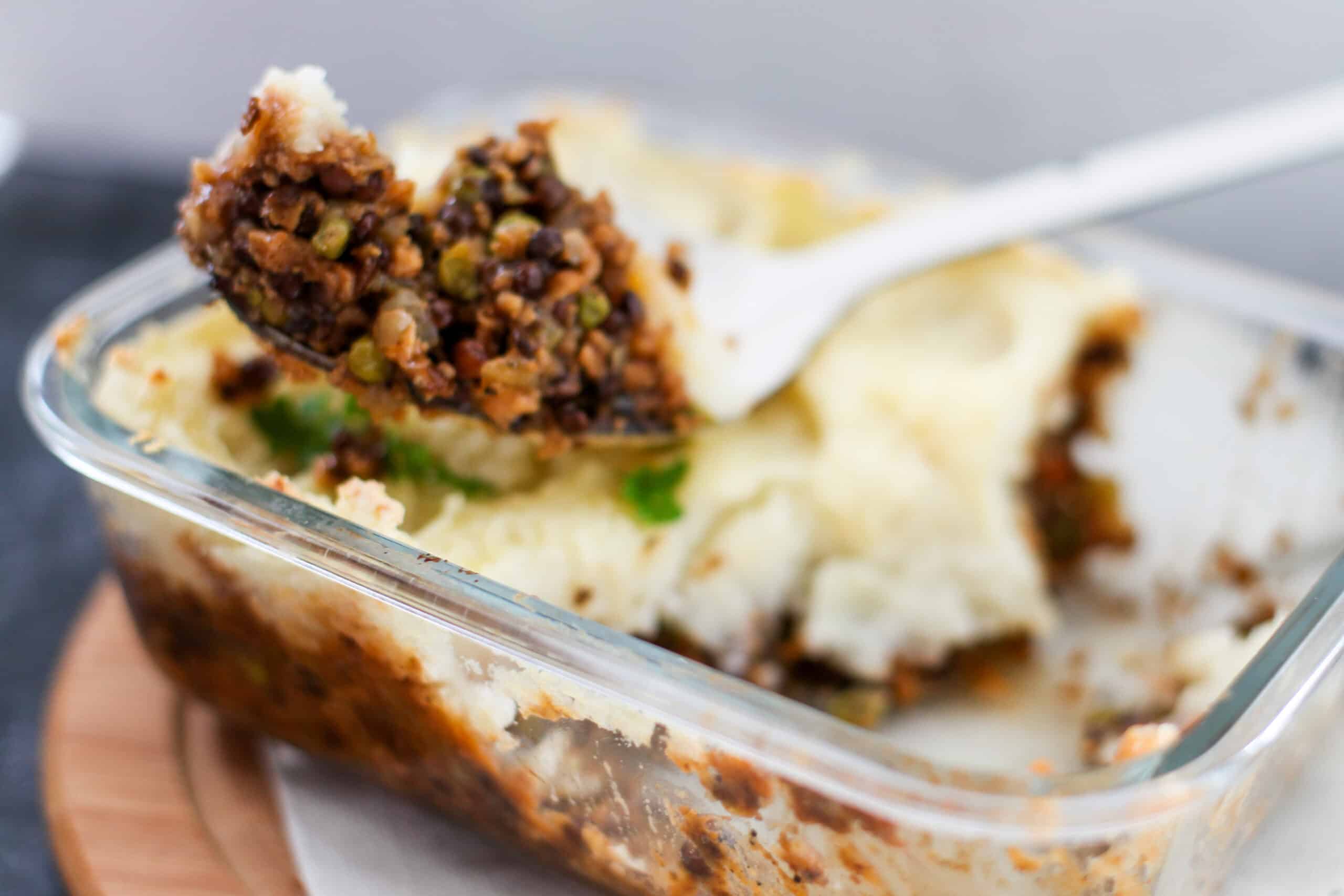
One of the first things you learn when you become a vegan is that sometimes a bit more prep than usual is required. You are rewarded by this Girl Scout be-preparedness though with meals that you can usually cook quite quickly.

How do you Prepare TVP?
I have found that the best way to impart flavour and a ragu-type texture to mince TVP is to soak it in a vegan beef-flavoured stock with some olive oil. The TVP soaks up the oil and becomes more meat-like in sauces. The stock, naturally, helps with the flavour. If you want a more chicken-y taste, use a chicken-style stock instead. The more water you soak it it, the more it absorbs, and so you can make it as “dry” (think taco meat) or as moist (think meatloaf/meatballs) textured as you want.
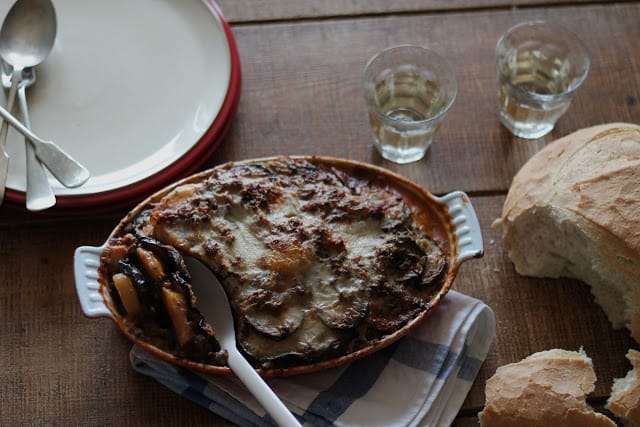
I don’t tend to use the chunks very much, as I don’t like the taste too much of them, and I think that some better alternatives are available using tofu or quorn. However, the method for prepping the chunks is very similar. Say for example I was making a curry, I would soak the chunks in stock flavoured with my curry seasonings, to ensure that they are infused fully with the flavour. I’d also leave the chunks a little longer to soak than the mince. You should be able to squeeze it between your finger and thumb and it yields.
It’s also a pretty forgiving product. If you do add too much liquid, simply add a little more dry TVP to the mixture, and that will absorb the excess.
What dishes can I use TVP in?
Because of it’s versatility you can easily replace the meat element with TVP in dishes such as:
- Tacos
- Stews
- Lasagne
- Bolognese or Ragu
- Curries
- Shepherds Pie
I have shared below my delicious Lentil and TVP Ragu (used in the Shepherds Pie recipe), which can be used in Lasagne, or Shepherds Pie, or in a chilli, if you change a few of the seasonings! This recipe can be adapted in so many really easy ways and will become a firm family favourite. I hope you enjoyed an easy guide to using TVP, and if you have any of your own recipes using TVP to share with me, please let me know in the comments, I’d love to see them!
Try my TVP recipes
- A festive no-meat Meatloaf
- Classic Vegan Burger Recipe
- Greek Soutzoukakia – Greek Rissoles in a rich tomato sauce
- Vegan Moussaka
- Shepherds Pie
- Dirty Rice
- Red Chilli

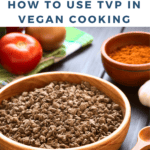
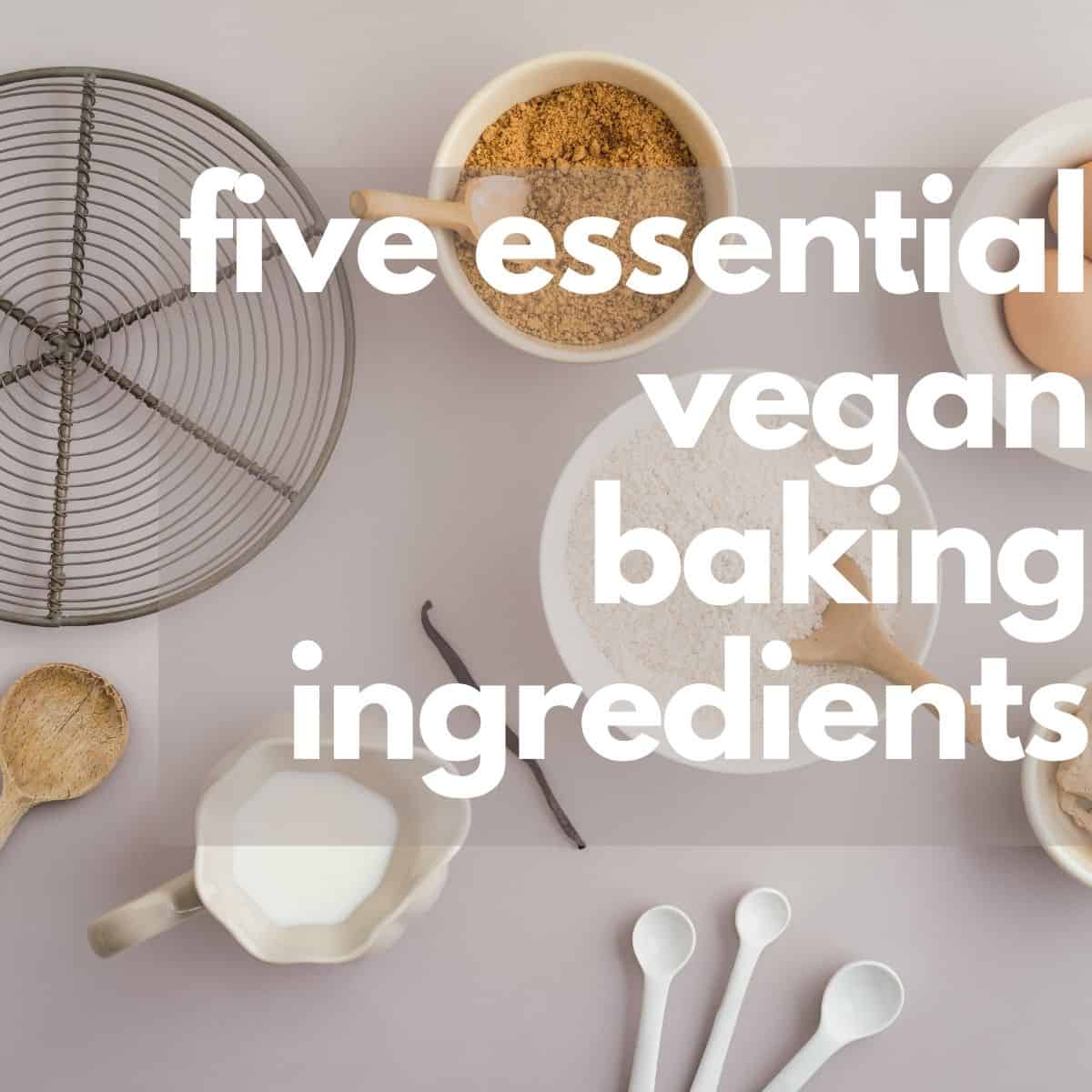

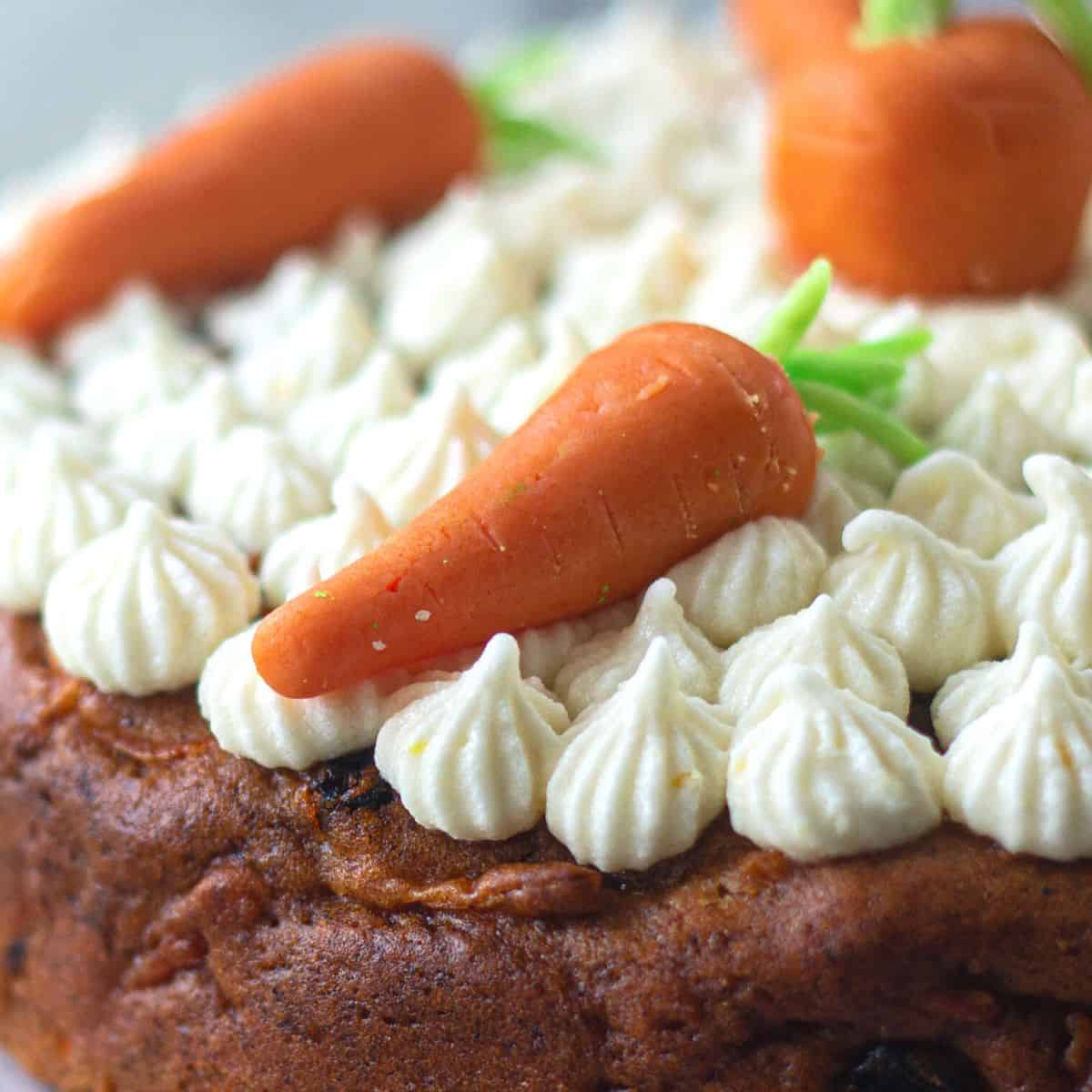
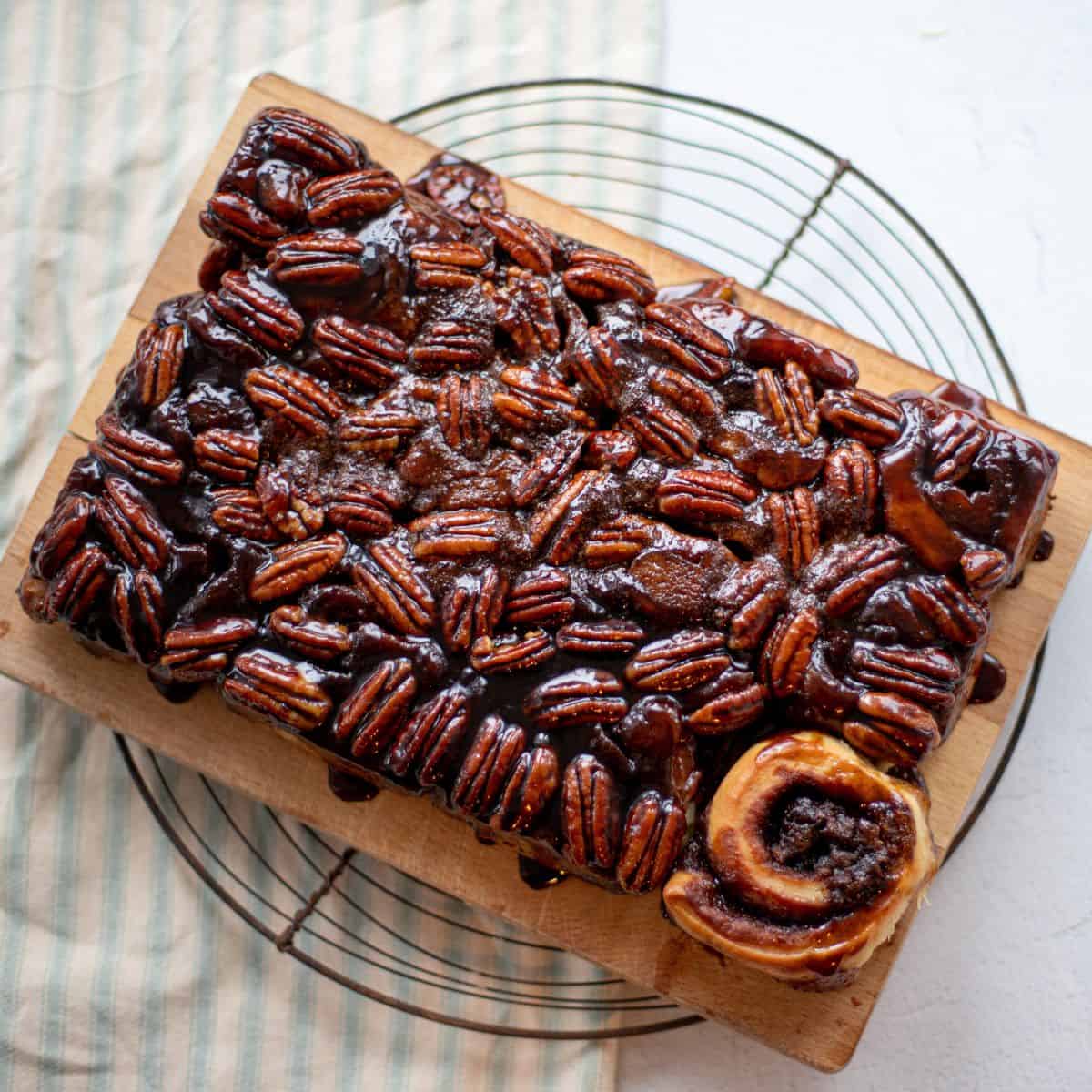
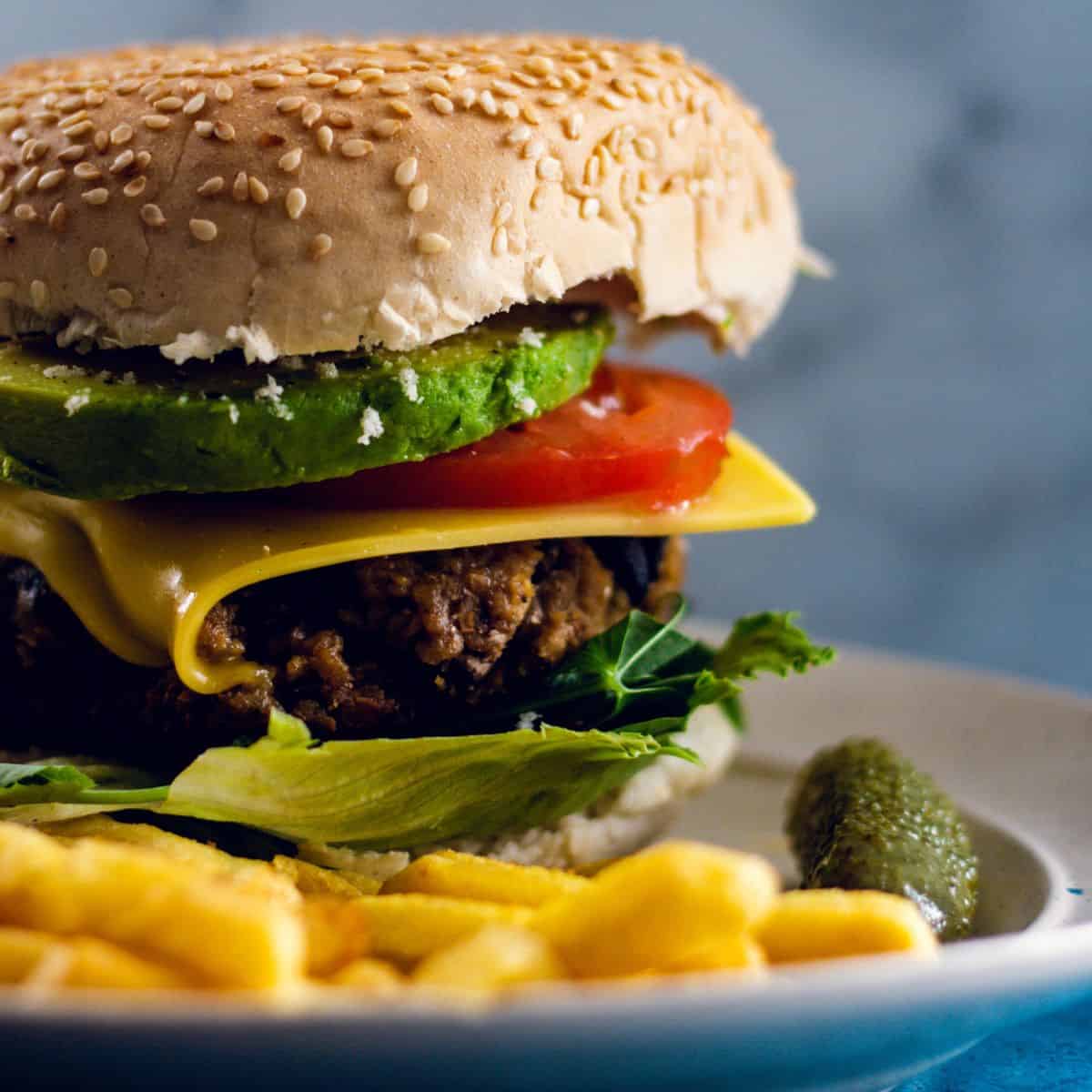
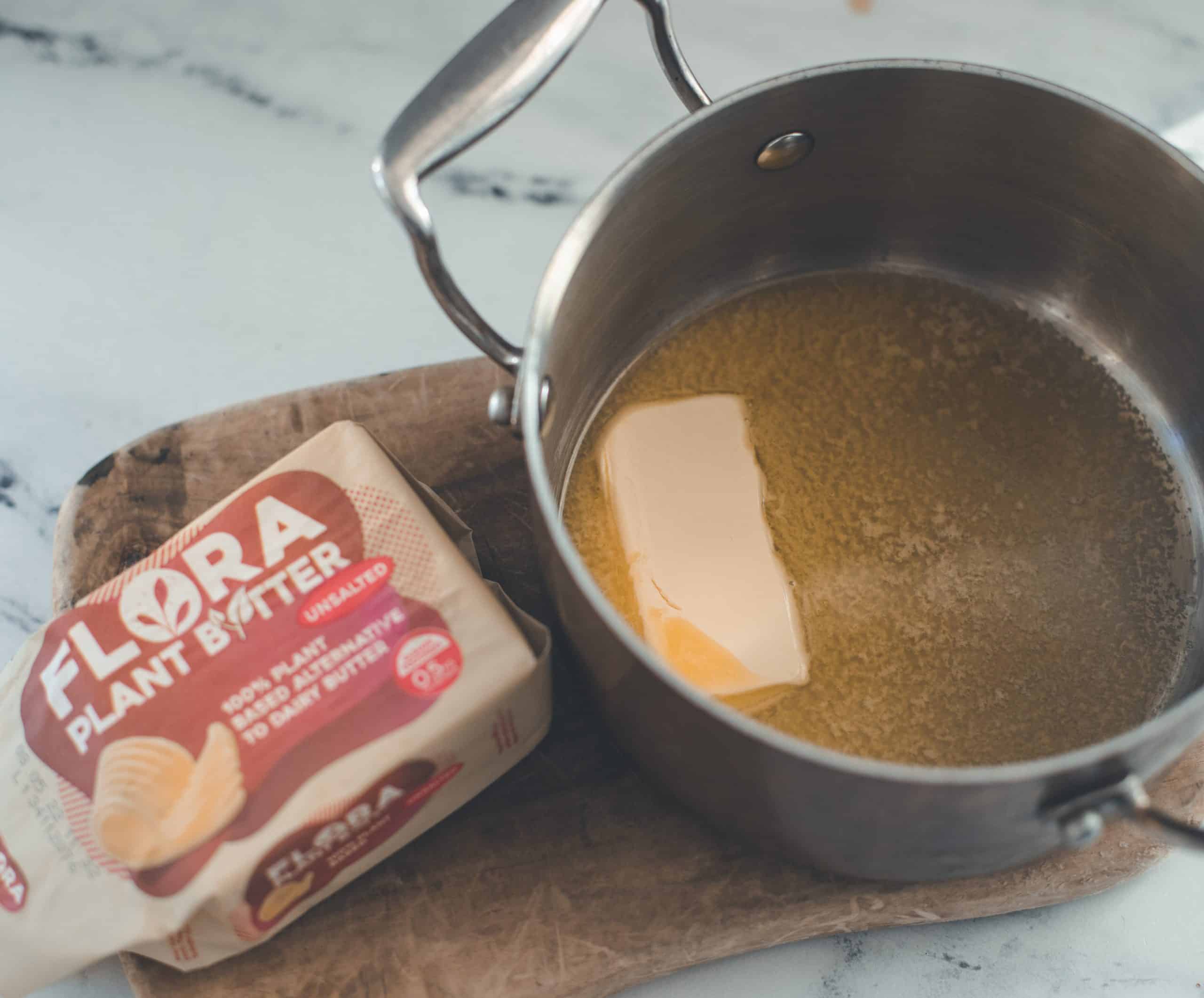
I love TVP! It’s such a versatile product. Thank you so much for the breakdown of this wonder ingredient!
How have I been vegan for three years and never known about TVP!! Need to start experimenting.
Interestingly in Indian cuisine the use of Soya granules and chunks have been used for ages as a non vegetarian substitute. Some may call it an acquired taste but I personally love it. Your tips on how to cook the protein properly is incredibly helpful.
Oh I had never heard of TVP before but what a fantastic way to substitute proteins for a vegan meal. This recipe sounds yum too and I reckon my family would love it. Adding it onto to the meal plan for next week!
I love trying new things, and after reading this article I’m going to try the TVP! Thank you
One never stops learning! Did not know TVP before your post! Cool! Thanks for sharing!
It’s great to know about Textured Vegetable Protein! I will definitely keep this in mind for my next recipe.
This is really useful – I was not familiar with TVP before, so it was great to hear some more. My best friend is vegan, so I am going to prepare your ragu next time she comes over for dinner.
I’ve never heard of TVP until now! My vegan friends would find this incredibly helpful and I would def use this to make vegan lasagna:)
I am so glad that vegetable proteins are spreading more and more around the globe. And I definitely love this recipe!
So glad to learn about TVP and it does give a similar protein texture.
It’s been a long time since I used TVP – time to get some more!! Great article.